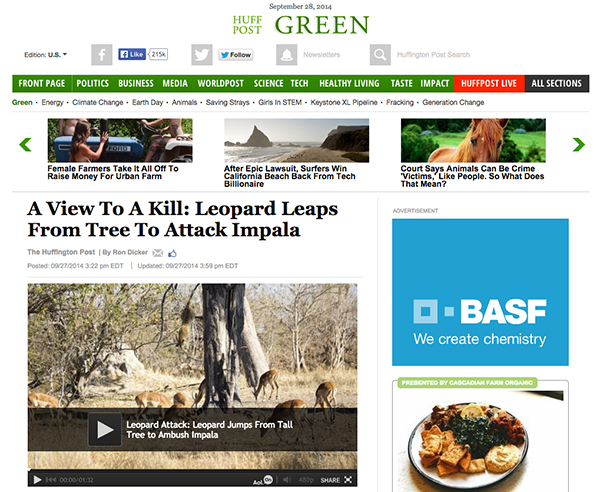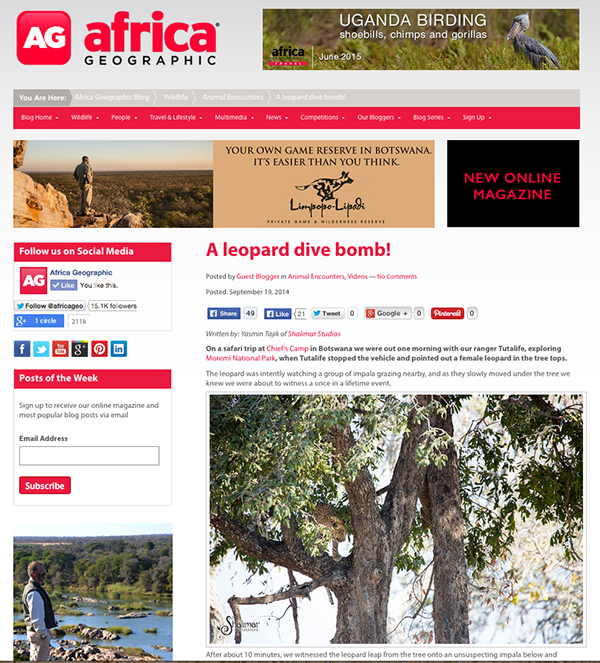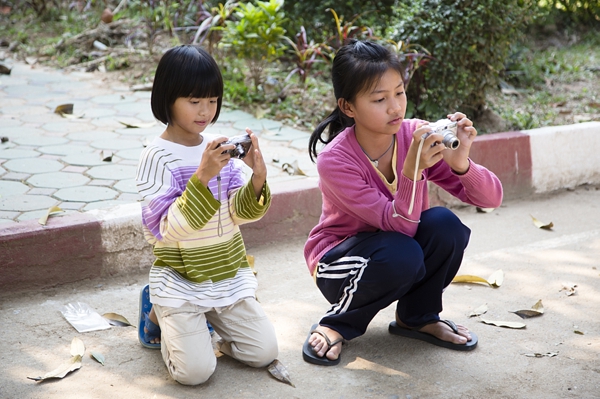The truth is, I’ve tried writing this blog post several times now, and each time I have to get up from the computer. There are so many emotions, feelings and thoughts that swirl through my mind that I don’t know where to start. But I have to start somewhere and that goes back to almost 2 years ago. It was at a time I distinctly remember sitting down with my Mom and telling her that I needed to do something bigger with my photography, something on a larger scale where I was not only capturing images of families and important milestones in my clients’ lives, but more along the lines of telling a story of someone I didn’t know, and sharing that with the world. I referenced images that famed photographer Steve McCurry has captured, most notably the Afghani Girl featured on the cover of National Geographic. It wasn’t until about a year ago that I met a fellow photographer who told me about The Giving Lens. It was exactly what I was looking for, an organization that combines a love of photography, travel and giving back. I watched closely as each month they announced new and exciting workshops, and when this particular project was announced last fall, I KNEW it was for me. It was to be their first all-women’s team, traveling to Thailand to partner with Children’s Organization of Southeast Asia (COSA). an NGO which rescues, rehabilitates and works with girls at-risk of the sex-trafficking industry. Within minutes of its announcement I submitted my application and was lucky enough to be chose to be 1 of 7 women from all around the country to participate in the project. We would be teaching the girls of COSA photography as a means of empowerment, showing them that the way they see the world is important and unique, and that they have a voice and can express it through photographs. On very short notice, myself and the other participants were able to collect a total of 27 gently used digital cameras for the girls to use and keep as part of our donation to the girls of COSA. A huge thank you to all who donated a camera to make an impact on these girls’ lives. COSA was started by war photographer Mickey Choothesa. He was born and raised in Bangkok and at the age of 14 his family then moved to Connecticut. He always knew he wanted to be a photographer and eventually covered war and areas of disruption for publications such as National Geographic, Time and Life. But it wasn’t until his expeditions to Thailand, Burma, and surrounding countries did he see first-hand the extent of the sex-trafficking industry. Drive to make a difference and help the girls taken from the hill tribes, he then founded COSA where he has dedicated his life to fighting sex-trafficking in Thailand. COSA currently houses 35 girls, with 15 more soon to be arriving at the facility. Girls have either been rescued or are at-risk of entering the highly lucrative sex industry, and with Mickey’s intervention, he takes over legal guardianship of the girls, provides them education, citizenship, self-worth and empowerment. They are already outgrowing their current location and are in the process of building a new campus which will house up to 100 girls. On our first day at the COSA campus, there was a bit of nervousness that overcame myself and the other women in our group. I felt unsure, were the girls going to be reserved, withdrawn, or unwilling to participate? But it wasn’t long before I realized that each and every girl at COSA was vibrant, enthusiastic, fully engaged in the task at hand, and welcoming to our entire group. We had 2 full days with the girls as they rotated between photography class with us, and english classes with the long-term volunteers. During the week they attended local schools, but their weekends were packed with education and activities as well. On the first day working with the girls, we formulated a scavenger hunt where there was a list of items the girls needed to photograph around the campus. Items on the list were things like colors, someone jumping, a nice smile, and concepts such as strength and hope. It was when we came to the concepts on the list that I was blown away with what the girls photographed. The girl I was partnered with in the morning was a teenager named Yui who aspired to be a translator. When she had to photograph something relating to strength, she took a photo of a heart drawn on the chalkboard. When she has to photograph something relating to hope, she photographed the COSA logo. It was at moments like that where I found hardest against my urge to cry. After all, COSA is all about empowerment and I wanted to empower Yui in that moment that her vision and creativity as unique and impactful. In the afternoon we rotated and worked with the younger girls where I was partnered with Joy and Maey. Both high-energy girls, playful and completely bonded as friends who had entered COSA at the same time and have become as close as sisters. Those smiles were completely contagious! Our second day full day at COSA working with the girls focused on storytelling. We asked them, what does a day in your life look like? So again with Yui, we went into her dorm, photographed her bed, the items on her nightstand, and her closer where she chooses which clothes to wear for the day. It was at that moment she pulled out her favorite things and prized possessions, her books! She is an avid reader and just like me, treasures her books as a means of learning about the world, expanding one’s vision, increasing her vocabulary, and opening up her creativity. Although most of the books she owned were in Thai, she did divulge to me that she read the Twilight series and loved






